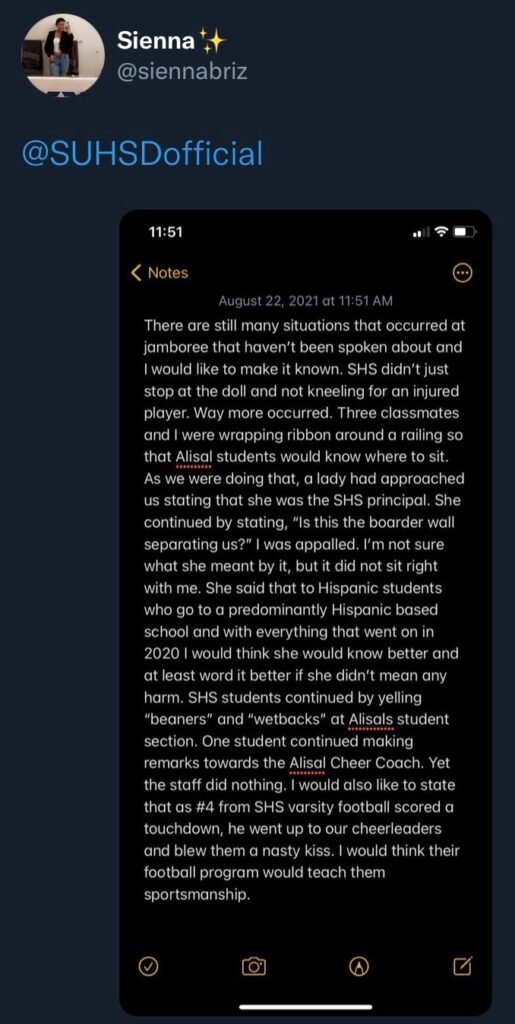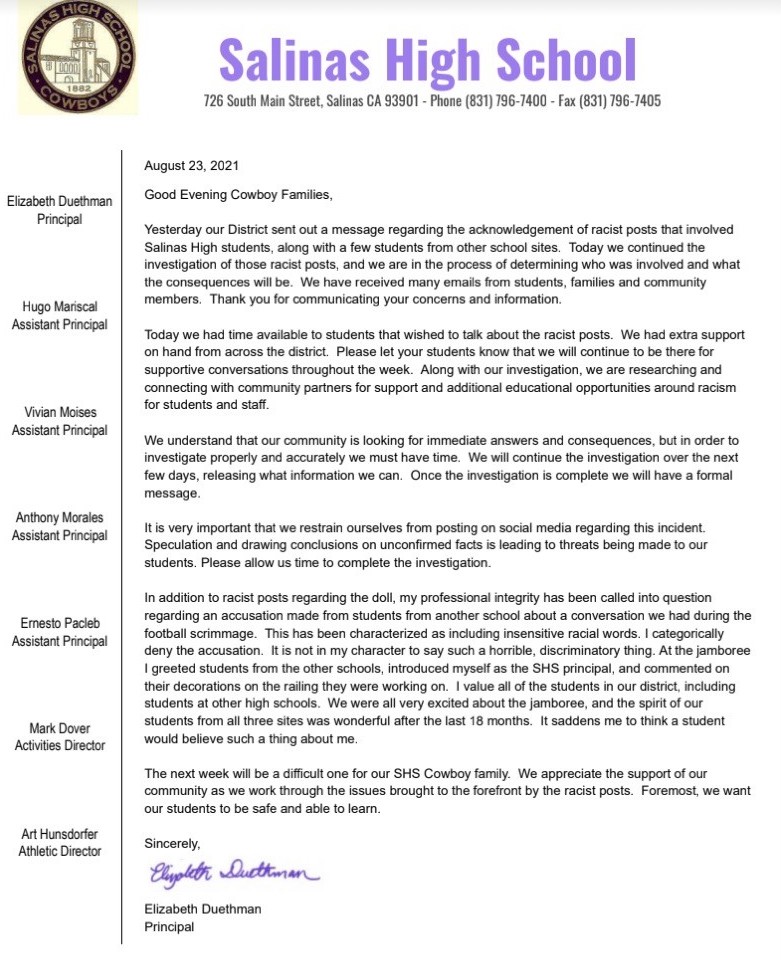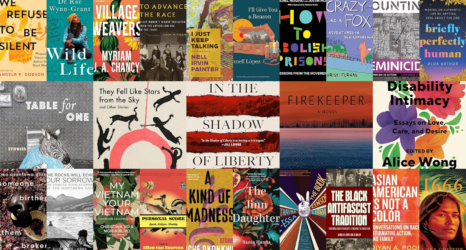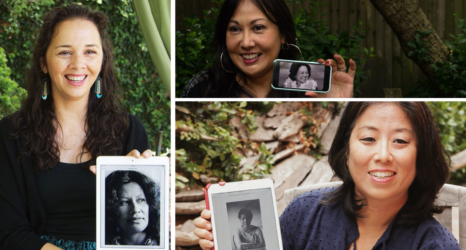Updated Friday, Sept. 3, at 7:23 a.m. PT.
This can and should be a teachable moment to help young people of all creeds and colors break the cycle of anti-Black violence in Salinas.

My heart sank when I saw the images leading up to and during this year’s annual Varsity Football Jamboree—an event I myself attended starting my freshman year at North Salinas High School in 1988. Going to the annual football scrimmage was different, because Salinas High School and that side of town were and continue to be relatively affluent. During the ’90s, it was where most of the city’s professional class sent their children to public school.
Recently, the entrenched class and racial divide reared its ugly head via Instagram, TikTok and Facebook, when Salinas High School students named a Black doll Shaniqua. The doll’s now deleted account, called “shaniqua.shs,” featured a collage of images showing “Shaniqua” being ran over with a car, stomped on and mutilated.
Tracy Maldonado, a parent of a North Salinas High School senior, said her daughter called her while at the game and told her a Black baby doll with its eyes, mouth and eyebrows painted white was being passed around and used as a prop by Salinas students. Observers noted there “appear[ed] to be an ankle monitor bracelet drawn around the doll’s ankle and scribble marks on the face.” Salinas High School cheerleaders also posed with the doll.
— jaslyn ivy (@Jaslynivy) August 24, 2021
At the Jamboree, Salinas students also publicly called the opposing Alisal High School students racial slurs (“wetback” and “beaners”). Maldonado said the slurs “really threw her [daughter] off and really hurt her feelings,” prompting her daughter to leave the event altogether.
In a display of vile anti-Black racism, the suspected white supremacists students of Salinas High School in Ca, created a Black child doll they named “Shaniqua” as some sort of perverted “mascot”.
— Tariq Nasheed 🇺🇸 (@tariqnasheed) August 24, 2021
Students posts pictures of themselves violently & sexually abusing the Black doll pic.twitter.com/53v7UjSa4y
Residents of Monterey County, home to Salinas, are 59.4 percent Latinx, 3.4 percent Black and 29.4 percent white (non-Hispanic), according to the 2020 census. But of that total population, 82 percent identify as white.
This data may help us to understand why historic anti-Blackness informed the “Shaniqua” doll as a Black female parolee subject to physical violence, and why Salinas students felt comfortable using racial slurs to describe the predominantly Mexican, Central American, Indigenous, working-class and undocumented students that make up the majority of Alisal High School attendees.
In the now-deleted social media posts featuring “Shaniqua,” about half of the students enacting the violence are Latinx. Videos of cheerleaders on the football field clearly document young white women taking part in the violence against the doll. This tells us several things:
- Even if white students started the Instagram account for “Shaniqua,” they were not the only ones who engaged in racist activity.
- Latinx youth can white-identify, mirroring the census data—which may help explain why they participated in Salinas’s normalization of white supremacy to identify with and be racially and class adjacent to the ruling class of affluent Anglo Americans who populate South Salinas.
- It’s possible to express anti-Black racism as a Latinx person or Anglo person with ease when that population only makes of 3.4 percent.
- Black women and non-white immigrants were made the targets of racial slurring and symbolic violence.
The gendered violence against “Shaniqua” is of special note, because it expresses how “Black girls, women, and non-binary people are hyper-vulnerable to abuse,” according to the ACLU. It is no accident the doll was a Black girl or woman—as violence against Black women and girls has been normalized in the United States dating back to the inception of slavery.

Racism underpins the class and race stratification in Salinas, earning it the title “the richest poor city in California.” Even with the lucrative multi-billion dollar agricultural industry in Salinas, 21 percent of the population lives below the poverty line. Thus, when Salinas High School students violate a Black female doll or hurl racial slurs at racial others, they reproduce racism central to the community’s historic identity.
Salinas native Christine Castro’s dissertation, “The Lettuce Monster: A History of State Violence, Carceral Geography, and Industrial Agriculture in the Salinas Valley,” documents how the 1936 lettuce strike exposed the unequal racialized labor divisions between Filipino and Dust Bowl migrants in the agriculture industry. Through state-sponsored violence against the striking workers and the differential punishment of Filipino laborers, Castro shows how pushing out these workers because of the strike forever changed the dynamics of the valley’s racial capitalist structure.
Early iterations of Salinas racism were against Filipinos. By the time of Bracero Program (1942-1964)—an agreement between the U.S. and Mexican governments that permitted Mexican citizens to take temporary agricultural work in the United States—a mostly Mexican labor force had replaced Filipinos in the fields.
Forging a Mexican American middle class by becoming labor contractors, packing shed crew leaders, business owners who catered to agriculture, and professionals, these individuals and their families distanced themselves from the Mexican migrants who worked for them with middle brow racism, claiming middle class identity and documented U.S. citizenship.
Salinas politics—as my book, Archiving Mexican Masculinities in Diaspora, documents—always privileges the interests of growers, forcing a racialized class split between Anglos, Mexican nationals (non-citizens) and Mexican Americans (citizens).
Despite the fact many civic leaders were part of the 1970s farmworker movement, that reformism doesn’t show up in the Salinas educational system because the city remains segregated.
As a feminist born and raised in Salinas, I was saddened by this event—not because it is something new, but because Salinas and its public educational system has failed to resolve its deep racial and class divide that spans the last 100 years.
Just in the summer of 2019, I witnessed a Mexican origin manager at a local McDonald’s berate a young Black female employee for seemingly no reason. Because McDonald’s has always been a place of upward mobility for people of color in Salinas to become part of the management class and get an education irrelevant of race, I reported the incident because it was so disturbing and endemic of how anti-Blackness drives racism in a white-identified, Latinx-majority town.
Sure, Mexicans and Latinx youth in Salinas experience racism at the hands of police and educational system—but this doesn’t mean they must participate in the sanctioned racism Anglo Americans and middle class Mexican forebearers have used to get ahead. Anglo students at Salinas High School also must take a hard look at how and why they smiled as they attacked “Shaniqua” and used injurious words like “wetback” to feel superior or express entitlement to public space.
All of this prompted a four-hour emergency Salinas Union High School Board meeting on Aug. 24. Passionate testimony from students—including Sienna Zuniga, who opened the public comments—has unearthed new allegations against several members of staff, including Salinas High School Principal Libby Duethman, for making inappropriate and racist comments. Duethman, a Salinas native, has been placed on administrative leave for a week while an outside investigator can determine her role in the string of racist incidents.


As a Latinx feminist born and raised in the community, I see an opportunity to have an honest conversation in Salinas schools about how racism is injurious not just to those on the receiving end, but to those who perpetrate the continued exclusion of those not like them.
This can and should be a teachable moment to help young people of all creeds and colors break the cycle of anti-Black violence in Salinas. By holding students accountable and educating them to be allies against racism and classism, Salinas Union High School District has a chance to combat:
- structural racism, or the the stereotypical idea that Shaniqua is a Black female parolee;
- institutional racism, seen as Salinas High School’s role in perpetuating supremacist thought; and
- interpersonal racism, including the normalization of the use of slurs.
The plan for restorative justice proposed by Superintendent Dan Burns is a first step, as is hiring a diversity officer. But truly, these are only pieces of the puzzle. We have to address the history of white supremacy in the Salinas Valley that is readily embraced by adults and youth alike, coalescing around the privilege of benefitting from and participating in anti-Black racism. The time for a racial reckoning is now.
Up next:






